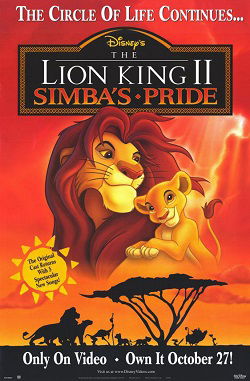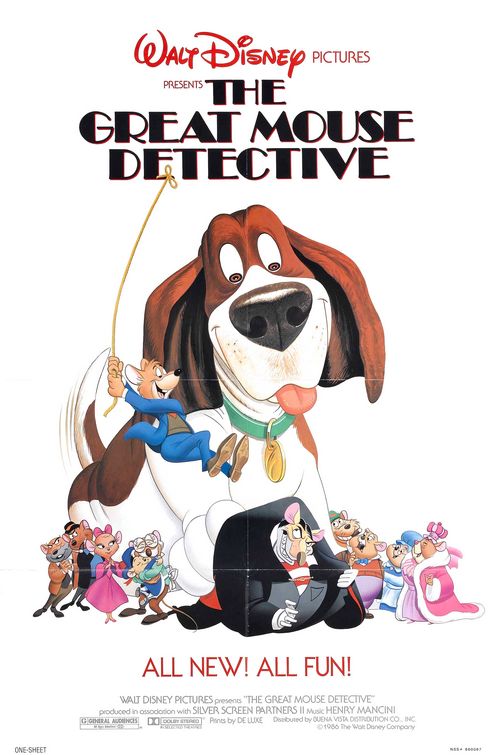Former Witch Warns About Halloween’s Pagan Roots
By Movieguide® Contributor
Former witch Jenny Weaver warns parents about the pagan origins of Halloween, explaining how the celebration is aimed to conjure a response from the dead.
Halloween’s roots date back to an Irish pagan holiday named Samhain, during which pagan worshippers believed that the dead and demonic were at the height of their power and could enter into the world of the living.
“The first form of Trick or Treat, Samhain, assembled souls of the dead on October 31st,” Weaver explained on Instagram. “[The pagan worshippers] were freeing them to return to their homes and their families to entertain them…If the spirit did not find an acceptable welcome, the spirits would cast spells or cause other problems for the family that was alive…They opened the door to the demonic realm.”
Like many holidays—or holiday celebrations—this pagan practice was Christianized by early missionaries, turning the night of October 31 into All Hallow’s Day, a time of preparation for All Saints’ Day on November 1, a celebration of past saints.
Despite the Christianization, Weaver warns that Halloween’s pagan, demonic roots mean that a celebration of the holiday cannot be justified, especially because the popular ways of celebrating Halloween today are not designed to prepare participants to celebrate All Hallow’s Day.
“Where did [Halloween] start? In honoring the lord of the dead,” Weaver said. “Just in case you thought that it was just about your kids getting free candy and having a costume. No, not at all.”
“[The pagans] believed that during this time… the veil that separated the people who were alive and the people who had already died…that the veil, it got so thin that the dead could now cross over,” she continued. “These are witchcraft practices. These are doctrines of demons; they were fed to people by evil spirits, and they pulled people away from serving the one true God.”
“[These practices] highlighted gloom, they highlighted death, they highlighted necromancy, speaking with the dead, all of these things,” she added, noting, “when you’re putting your kid in a costume, you may not realize it…[but] regardless of your heart’s intention, you are partnering with exactly what the origins of the holiday are.”
Weaver understands the danger of allowing practices that—no matter how silly they are—have ties to the demonic realm, as she was led down her path towards witchcraft through a movie she saw in high school called THE CRAFT, as Movieguide® reported.
Having found freedom from that life of demonic influence and darkness through Christ, Weaver has made it her mission to educate parents on the spread of occultism in pop culture and what they can do to combat it.
Movieguide® previously reported:
It’s October, and, once again, many parents will question how to treat Halloween. Do we allow our children to dress in costumes and “Trick or Treat?” Do we decorate our homes with witches and ghosts? Carve scary pumpkins? Allow our children to attend Halloween parties or participate in popular activities? Some put the issue this way: As our society has become more and more secular, whose special day are we acknowledging – the children’s or Satan’s?
Halloween has become one of America’s most widely celebrated days. Stores set up displays shortly after Labor Day. Elaborate costumes – both traditional and trendy – are widely available. Candy is placed in prominent locations in every grocery and warehouse store. Events are scheduled throughout the community. Many elementary schools decorate classrooms and hold parades. Specials are shown on TV and theme-related movies are released. Billions of dollars related to this theme are spent annually, including $350 million on costumes for cats and dogs (2014).
While there is no escaping it, we do have the opportunity – even the obligation – to discuss the meaning of the day and its various symbols. While all cannot be known with certainty, many believe Halloween started among the Celts of Europe more than 2,000 years ago. The holiday commemorated the new year as Baal, the Celtic god of spring and summer, ended his reign and yielded to Samhain, the god of the dead, who began his reign. Here are a few popular suggestions concerning the origin of some of the more well-known symbols (but note that there are numerous thoughts concerning these symbols)
Questions or comments? Please write to us here.


 - Content:
- Content: 

